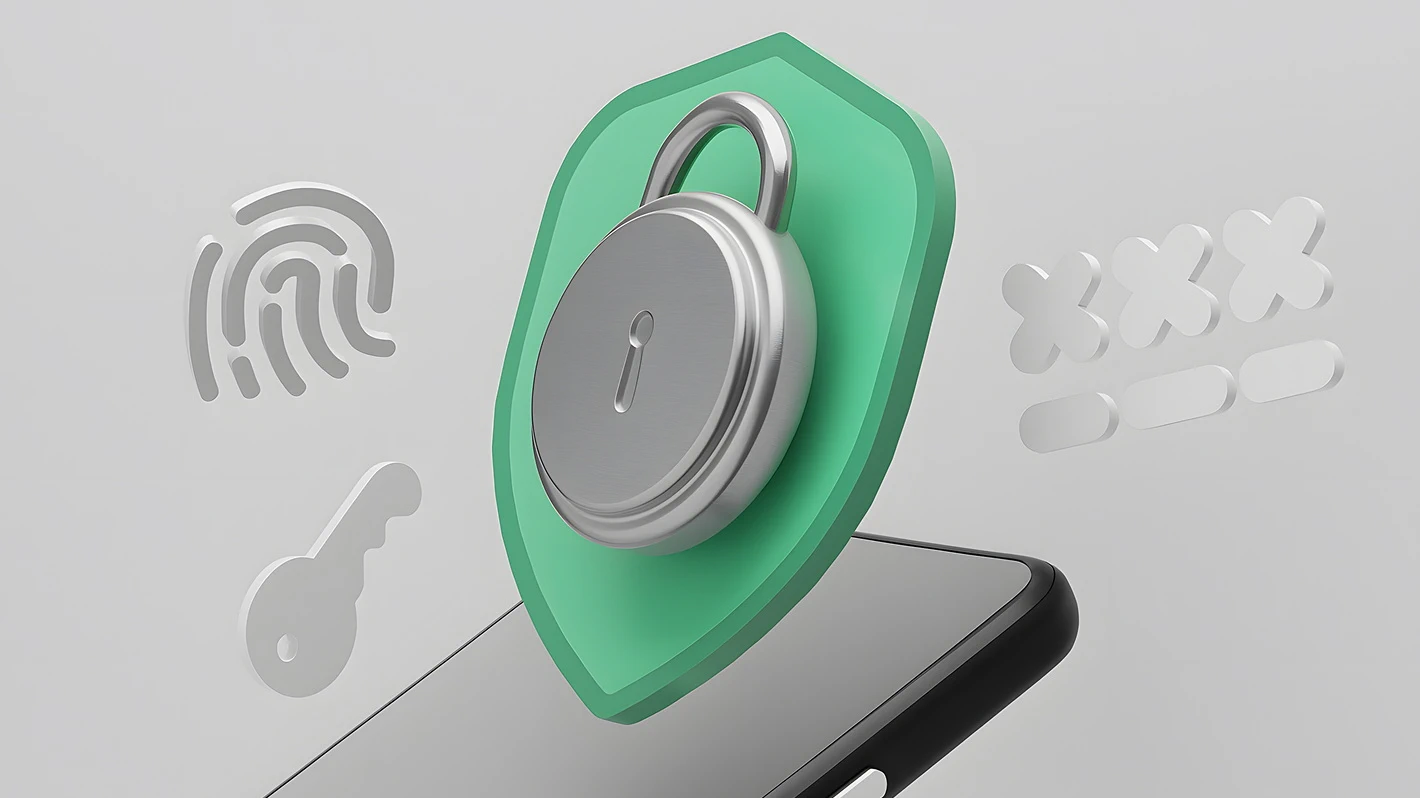There has been a seismic shift in the way customers reach out and interact with brands. Gone are the days of simply connecting with customer support via phone, stating your case, being put on hold, and finally being connected with a support agent. The modern customer wants to communicate with support teams the same way that they communicate with each other – across multiple channels and in real-time.
In our on-demand society where almost everything is available 24/7, multi-channel customer support has emerged as a major differentiator for companies of all sizes. How big a differentiator you might ask? Well, the figures make clear why in terms of reputation and retention, the payoff for great customer service is huge.
- 95%: Say customer service plays into brand loyalty
- 60%: Switch companies after just one instance of poor customer service
Consumers have become accustomed to an on-demand culture that thrives on immediacy and convenience and businesses are scrambling to keep up. Nowadays, companies of all sizes seeking to retain their competitive edge must adjust and refine how they nurture customer relationships. They need to anticipate customer needs and have solid customer service processes to keep clients happy.
The multitude of communication channels available today means customers are bound to prefer one over the other or even use multiple channels to engage with a business, with Microsoft noting that almost half of consumers report using three to five communication methods to contact customer service representatives. In response, companies are facilitating customer interactions on multiple channels and teaming up with business process outsourcing (BPO) companies.
In this article, we will outline the various benefits of developing a cross-channel customer support strategy – From its impact on workplace efficiency to its positive effect on customer relations, this guide will help you get a better idea of why cross-channel is an increasingly important aspect of business management in the digital age.
Personalize Messaging Across Different Channels

Every customer has unique purchasing needs and preferences and they want businesses to take note. According to the Zendezk CX Trends 2024 report, two-thirds of consumers who believe a business cares about their emotional state will likely become repeat customers. In addition, 77% of consumers report choosing and recommending brands that provide them with personalized customer experiences.
Using multiple channels for customer support is an important step towards personalization. This gives customers options when it comes to reaching you. Cross-channel interactions further allow you to get a more accurate idea of how your target market is interacting with different touchpoints.
Gathering this data allows you to understand how to approach each client across various channels and provide them with personalized messaging throughout their customer journey. This is important not only for customer service but also in other aspects of your business such as marketing.
Keep in mind, though, that customers from different industries have varied preferences. So, you must first understand from where your customers are connecting with you. This allows you to narrow down which channels to prioritize as you roll out a cross-channel support system.
Here are some of the main customer service channels to consider:
- Email: Email is the most popular customer service channel with 98% preferring email to reach support teams. That said, it makes sense that almost all businesses have an email support center even as they are only starting out.
- Phone: Calling continues to be one of the most preferred support channels with half of customers from various age groups using it. However, it’s worth noting that the younger generation is not as keen on this mode of communication, partly due to an on-demand culture and the aversion to waiting in long call queues.
- Live Chat: A communication method often made readily accessible on websites through popups, live chat support offers convenient and real-time communication for customers. It is most helpful for buyers who need assistance as they are evaluating products.
- Social Media: Much like live chat, social media messaging is popular for customers who are in the middle of browsing through your content. Some examples of social media apps used for customer support include Facebook Messenger, Instagram messaging, WeChat, WhatsApp, and Twitter DM.
- SMS: Aside from digital channels, there’s also a percentage of customers that prefer text message support. This can be attributed to the fact that customers are not too keen on waiting in a long phone call line.
- Self-Service: To cap off this list, self-service is also becoming a popular support channel for customers with 67% preferring to help themselves over interacting with a company representative.
Boosting Customer Relationships

It’s important to bear in mind that offering superior products and services alone is not a sure-fire way to retain your existing customers. Clients may still leave if they feel that your company is not capable of addressing their needs and meeting their changing needs. According to Salesforce, 80% of consumers believe that the experience a brand can offer is just as important as the quality of their products and services.
Cross-channel support is among the many ways in which you can show that you are anticipating your customers’ requirements. This demonstrates that you acknowledge their unique preferences and that you care about customer success even after you close the deal. This can enhance customer relations, particularly in terms of customer satisfaction, customer loyalty, and the overall customer experience.
Customer Satisfaction
Leveraging digital channels alongside traditional ones can be instrumental in making a buyer’s journey memorable.
Recent research has found that organizations offering multi-channel customer service respond to support tickets 10% faster and resolve issues 17% quicker than those who don’t. Another study showed that 74% of consumers who reported using both traditional and digital channels experienced a 60% to 65% satisfaction rate. This is higher compared to those who rely on traditional communication methods like email and phone calls.
Using a multi-channel support approach, you can:
- Make your brand more accessible to customers
- Allow customers to contact you via their preferred channels
- Provide real-time assistance to online buyers as they browse your website
- Resolve customer concerns more quickly and effectively
As a result, customers get the service they expect and deserve. They don’t have to wait in long call queues to get hold of your service representatives. In addition, they can get answers to their concerns faster so they can continue using your products and services, boosting customer satisfaction rates in the long run.
Customer Loyalty
Sustained customer satisfaction can lead to customer loyalty. After all, once customers find that they can rely on you to offer top-notch products and services consistently, why would they bother scouting for a different vendor or service provider?
Customer loyalty may be fickle at times but you can count on one thing: if clients feel respected and valued, there’s a higher probability that they will stick around. Accessible, fast, and personable cross-channel customer support is key to help you achieve this.
Cross-channel support also provides customers faster problem resolution rates. This, in turn, makes them feel more loyal to your brand with a study showing that 83% of customers agree feeling more loyal to companies that quickly respond and resolve their complaints.
Having loyal patrons also leads to other benefits. For one, satisfied customers often serve as your brand’s ambassadors and at no cost to your company. By keeping them happy, they are more likely to leave you positive reviews and tell their friends why they should work with you or purchase from you. In turn, you entrench your brand image and expand your customer base.
Customer Experience
The modern customer relies on multiple channels. It might begin with them surfing through your social media account and commenting on your posts. Eventually, they will start browsing on your website and perhaps inquire about your products and services through live chat. Upon conversion, they can stay in touch with you through phone calls, emails, or other forms of communication.
The point here is that customers today are naturally inclined to contact you through different channels. So, a cross-channel support system is certainly a must if you want to be competitive.
Meeting this demand can be simpler if you partner with an outsourcing company committed to your success. Outsourced support teams are great particularly for growing companies and large enterprises that handle a large number of service tickets on a daily basis. A big plus is that they provide you with dedicated agents who provide concierge-level service on multiple platforms.
Improve Customer Support Performance

Customer support may be a predominantly front-office responsibility but expanding it to incorporate cross-channel services offers advantages for back-office processes as well. There are a number of ways in which a cross-channel support strategy can help you raise your customer support performance levels.
For starters, opening up alternative communication channels can reduce the number of calls your agents have to take. It can also help you tend to support tickets simultaneously and speed up resolution times. In addition, if you decide to partner with a BPO company to build an outsourced support team, you can even save on training costs as you reinforce your in-house support team.
Improved Operational Efficiency
Phone calls are a tried-and-tested mode of communication for customer support. It’s personable and it lets agents resolve concerns more effectively, making it a staple channel for businesses of all sizes. However, voice communication can be costly and it has the potential to bog down customer support agents once you start receiving high volumes of calls. This can then lead to inefficiencies in resolution time and overall operational performance.
Cross-channel support will allow you to reduce these calls significantly as customers are offered alternative service channels. Meaning, agents will no longer get overwhelmed by the number of calls in the queue. In addition, support staff answering live chat and social media requests can process requests simultaneously.
As a result, you can significantly improve response times, eliminate ticket backlogs, and even reduce average resolution times. To top it all off, adopting digital channels can also reduce operating costs by 40%, according to a study by McKinsey.
Increased Sales Opportunities
More customer touchpoints can only translate to more sales opportunities. By providing customer support through phone, email, live chat, SMS, and social media, you allow customers to reach you through the mode of communication that they prefer and most convenient for them.
Think of it this way, senior citizens who are not particularly tech-savvy will be able to reach you on the phone. If a customer has questions about your products but is unable to reach you during office hours, they can easily email you and wait for your response the next morning. Meanwhile, leads who are browsing through your social media posts can inquire about your products and services from within the platform. Consistently posting on LinkedIn can also open up new sales conversations – especially when supported by AI tools to create posts and improve engagement.
Giving your clients multiple options to contact you makes your company more accessible to existing and potential clients. This way, you get an opportunity to not only foster customer loyalty but also keep clients up to speed on current promotions and deals on offer.
You can even cast a wider net by partnering with a BPO company like Helpware. Our agents have vast and varied expertise that you might not be able to develop in-house. For example, Helpware teams can provide multi-language support. With this, you not only engage customers on their preferred channel but also in their language of choice. This makes it easy for you to tap into the international market.
Helpware Agents Are An Extension Of Your Team
Over the years, cross-channel support has definitely become a must for enterprises large and small. This is not only because it can positively affect your bottom line but it is also what customers demand from the companies they do business with.
Developing an in-house multi-channel customer support team can be an expensive and time-consuming undertaking. It will require hiring and training new agents, restructuring your current operations, and investing in new facilities as well as technologies. Partnering with Helpware will ensure you get expert assistance without the hefty price tag and steep learning curve.
Schedule a meeting today and let Helpware create a multi-channel support structure customized to your unique needs and help you manage all related tasks quickly and efficiently.











